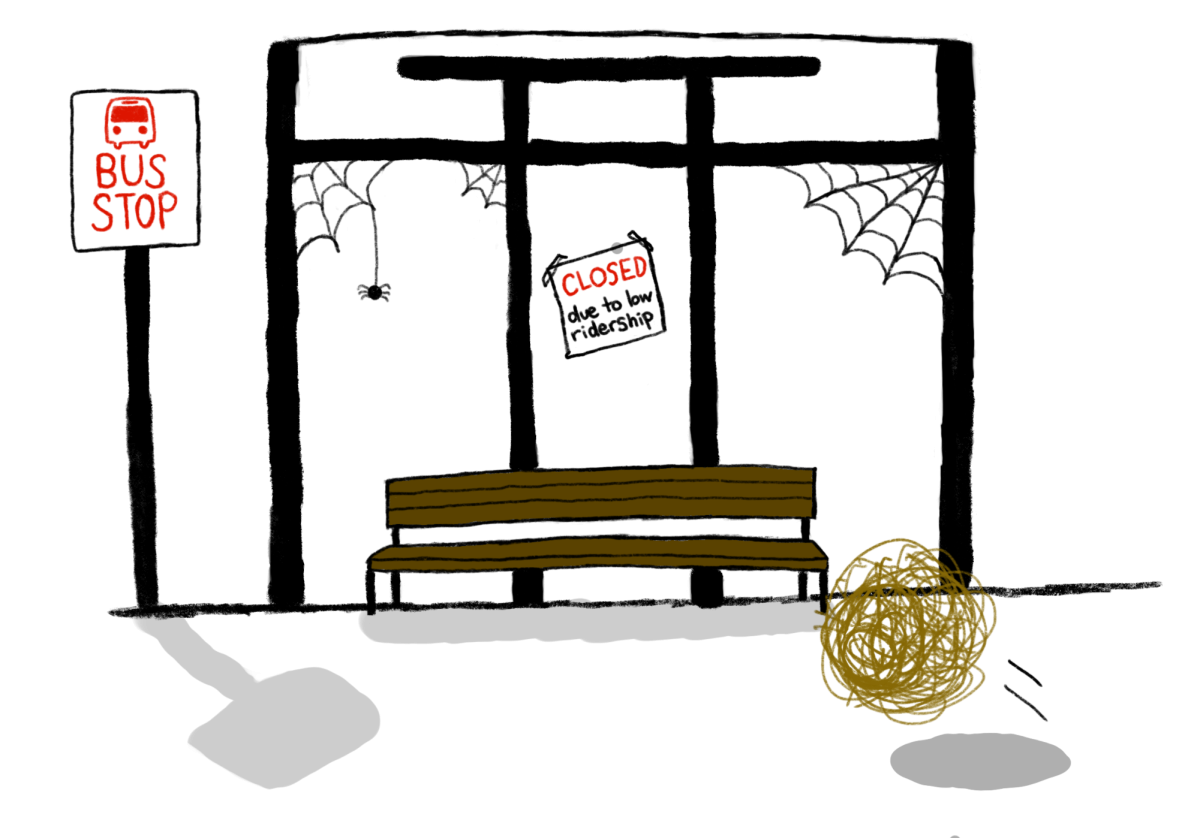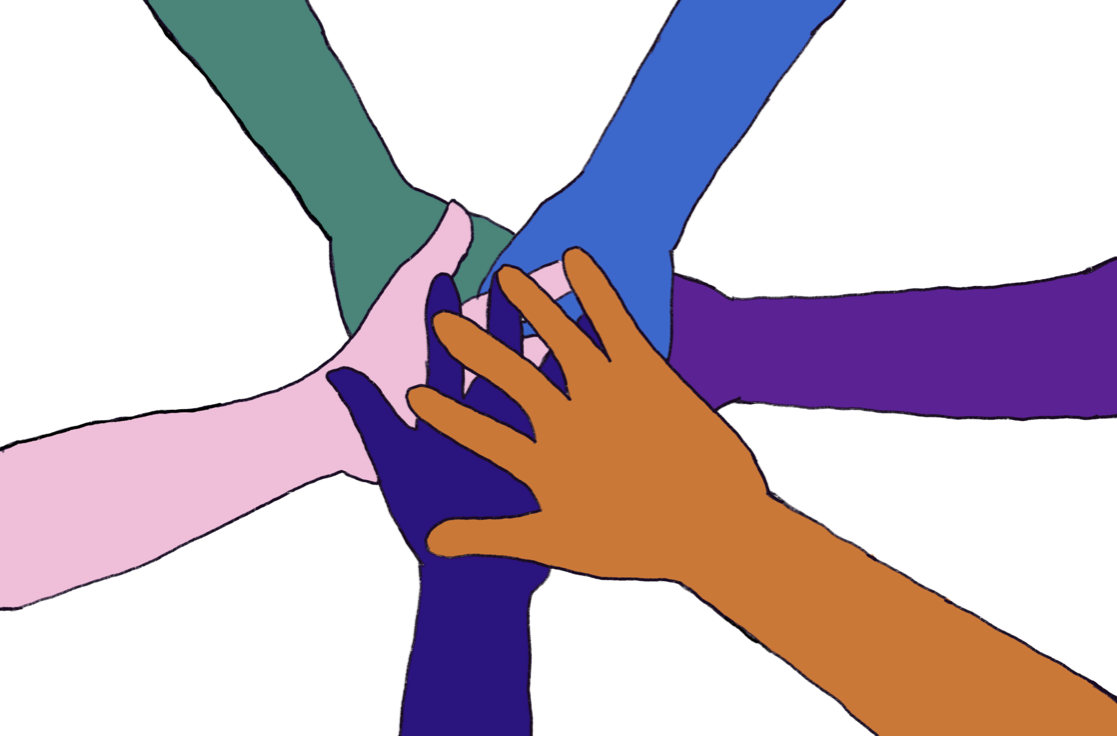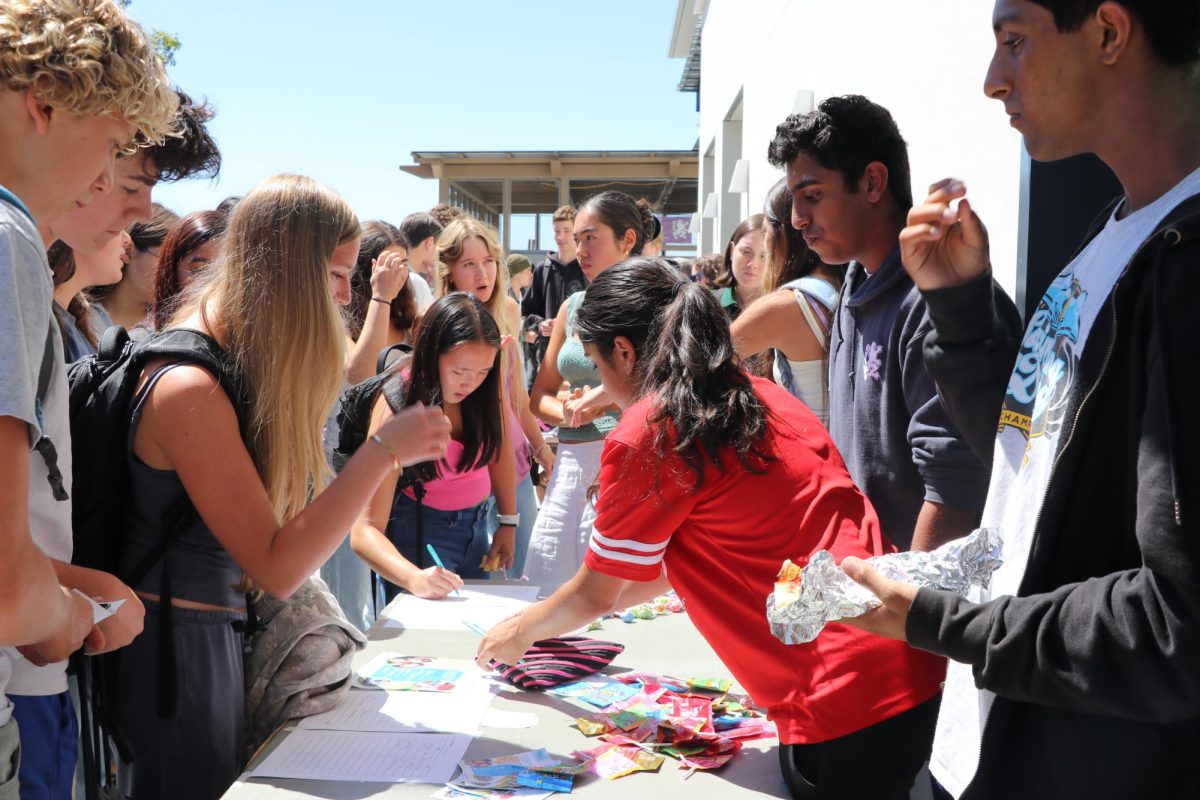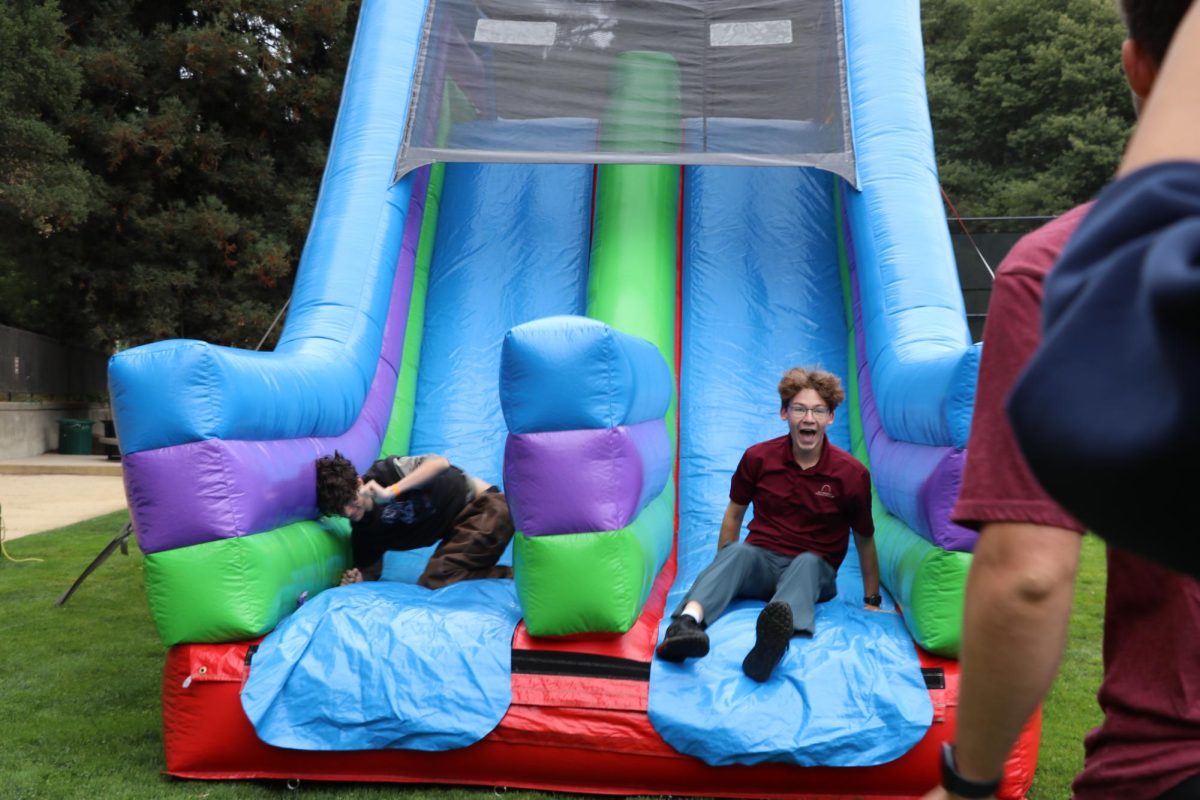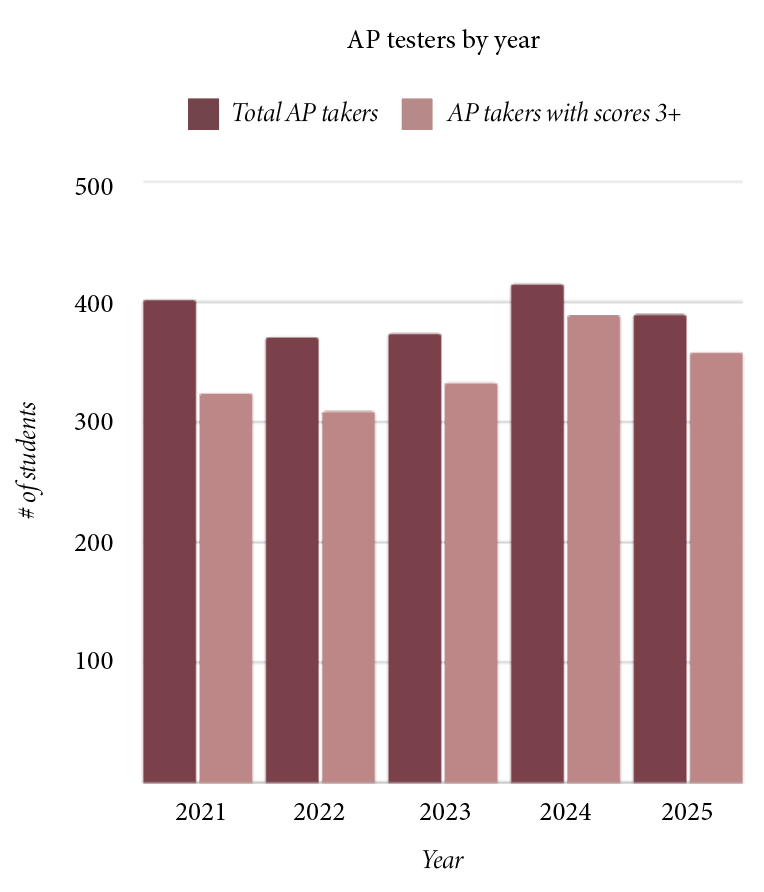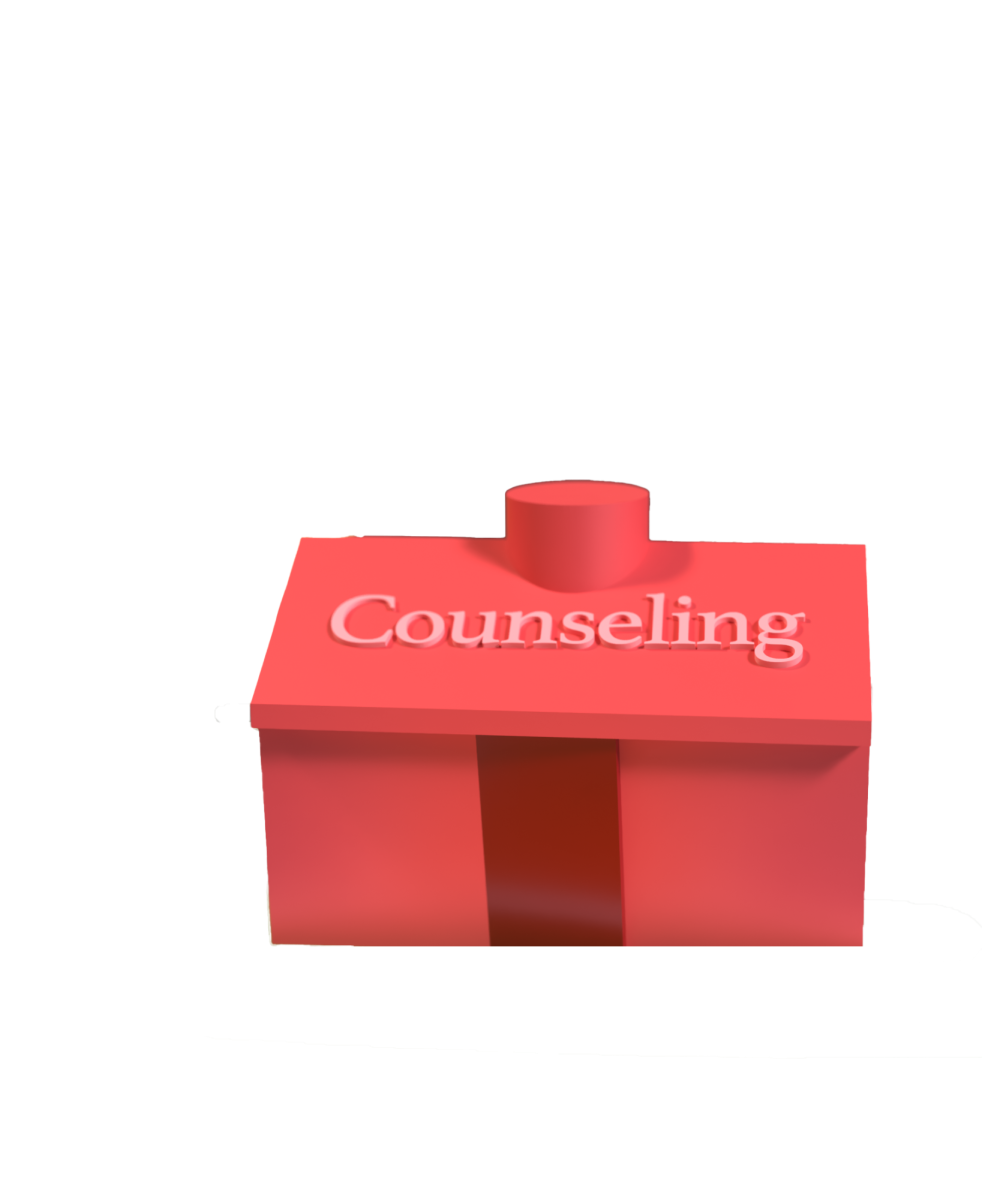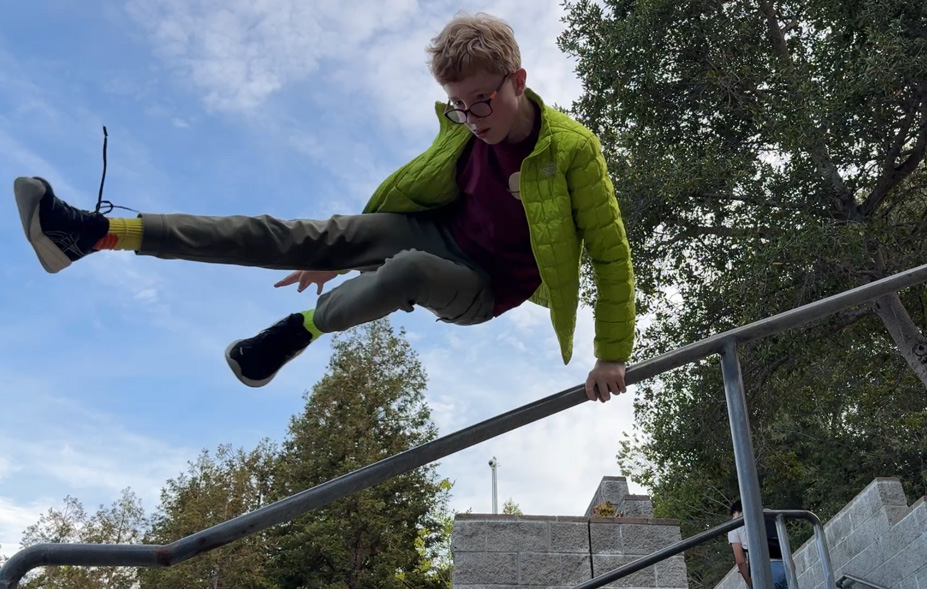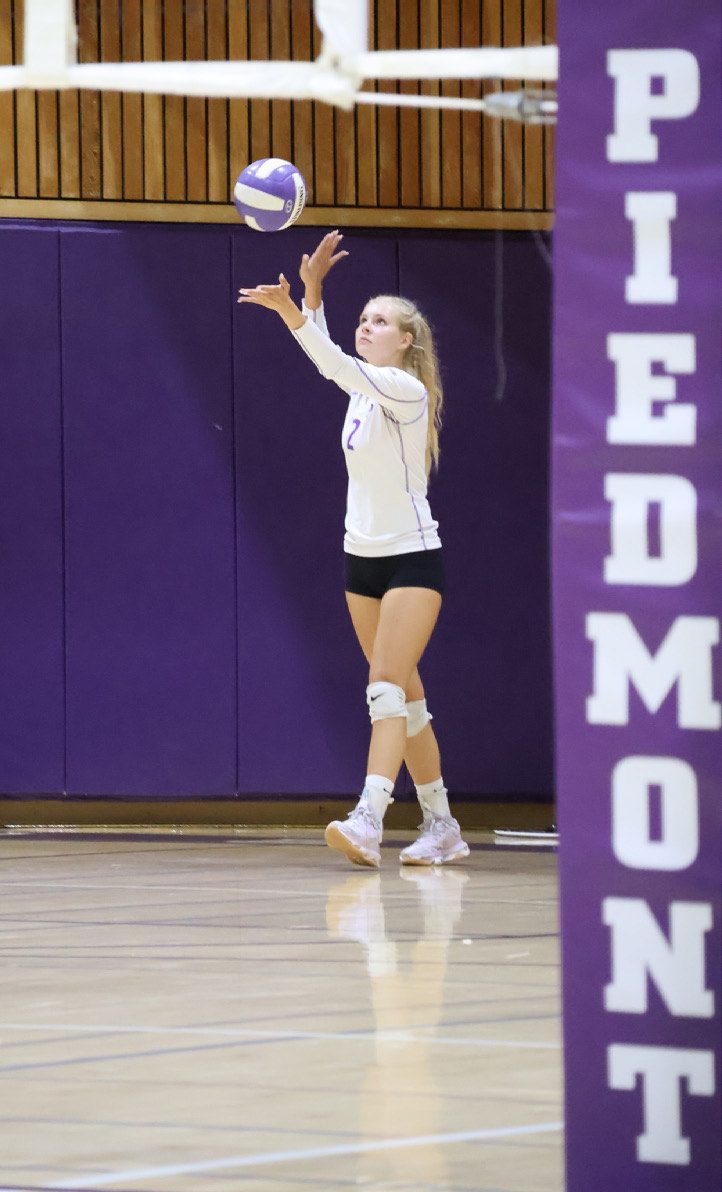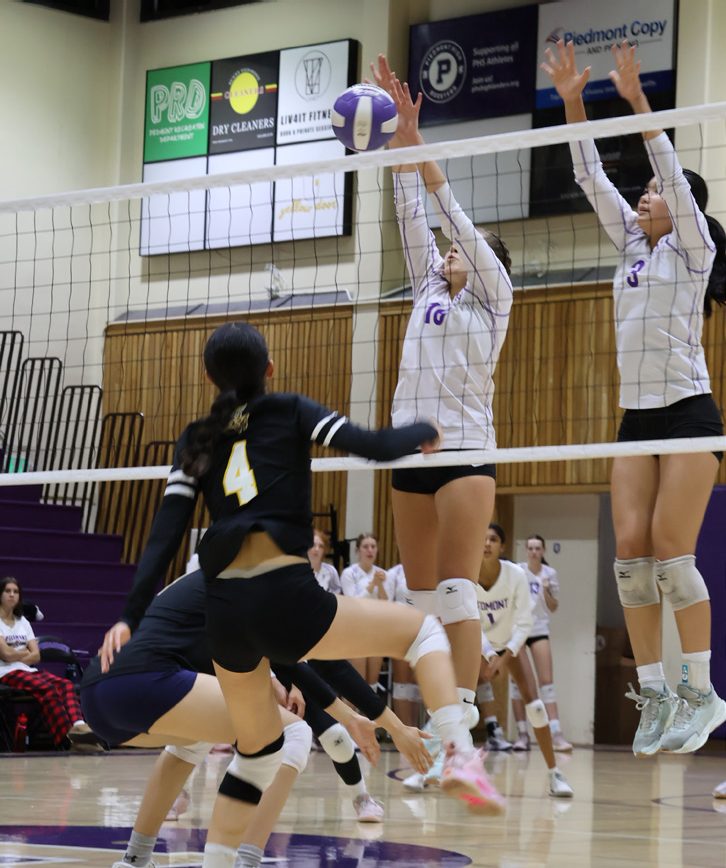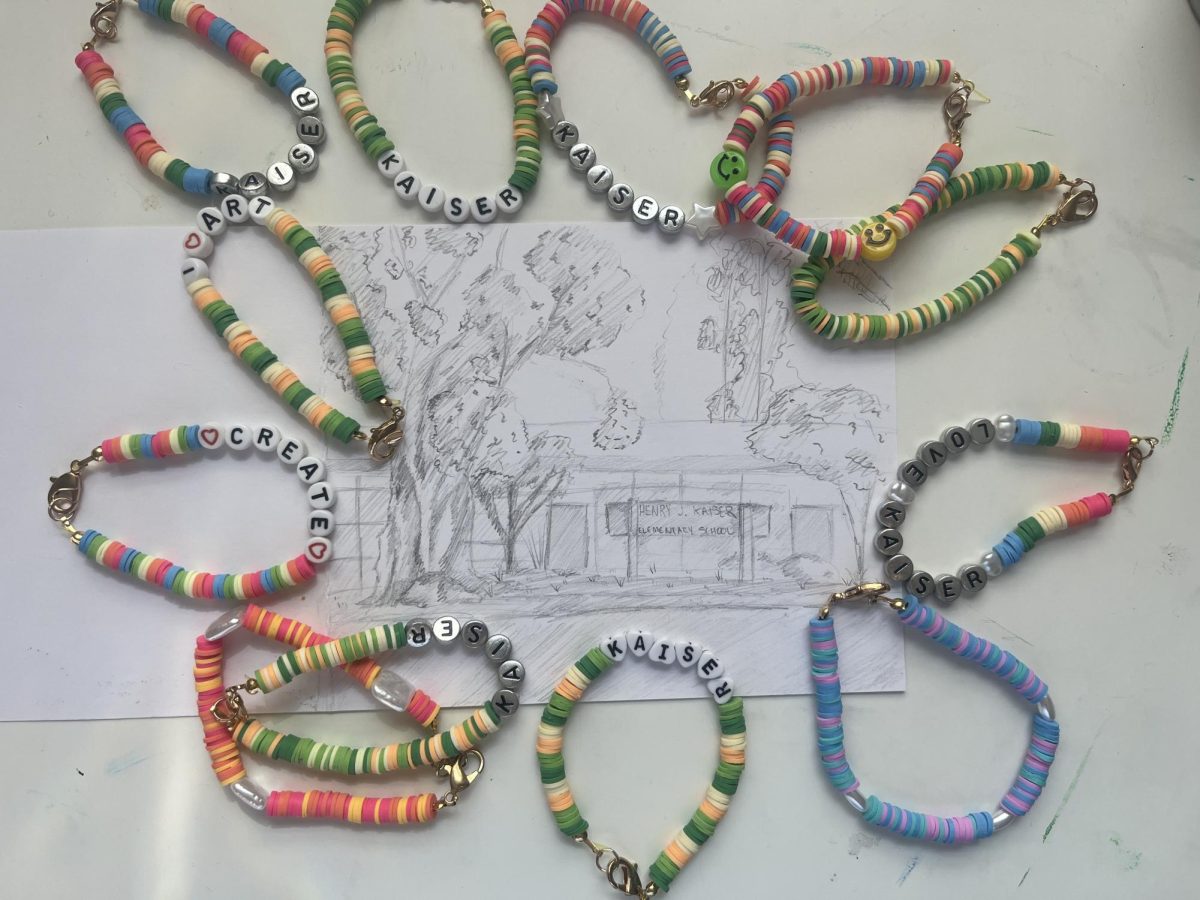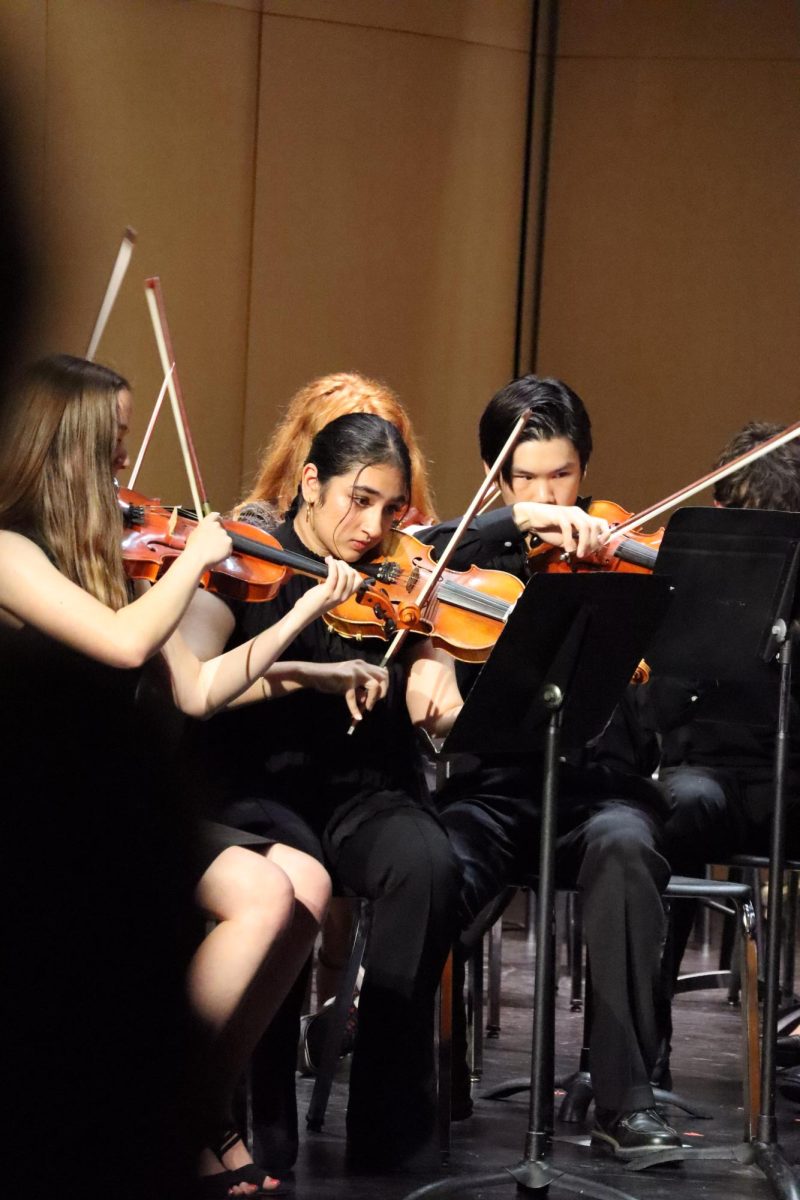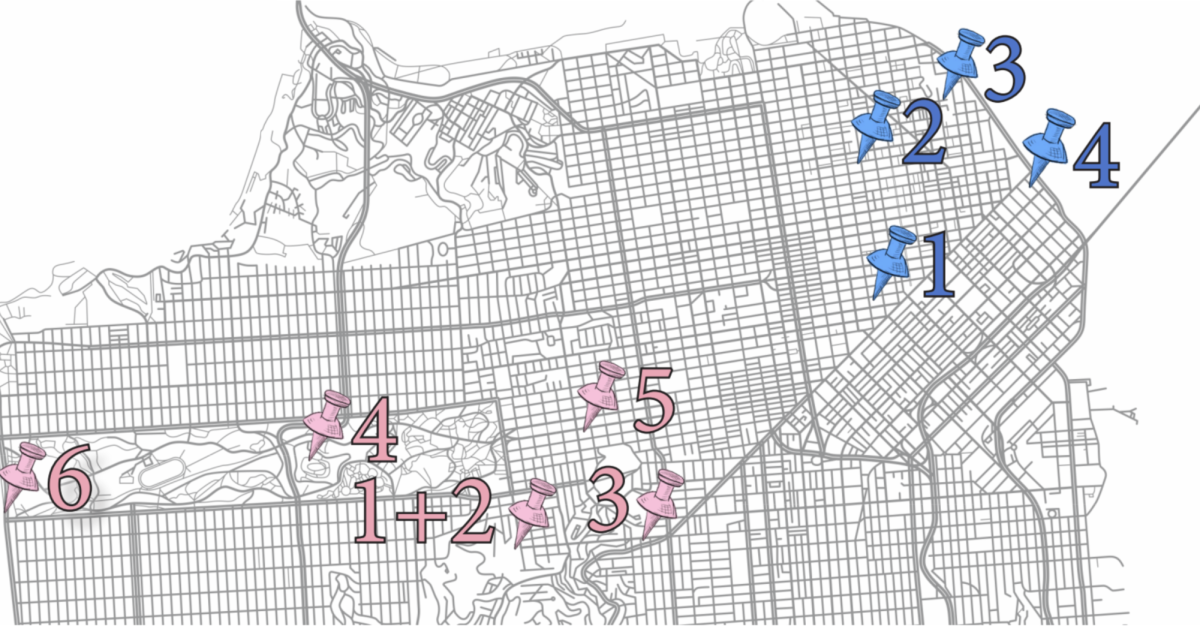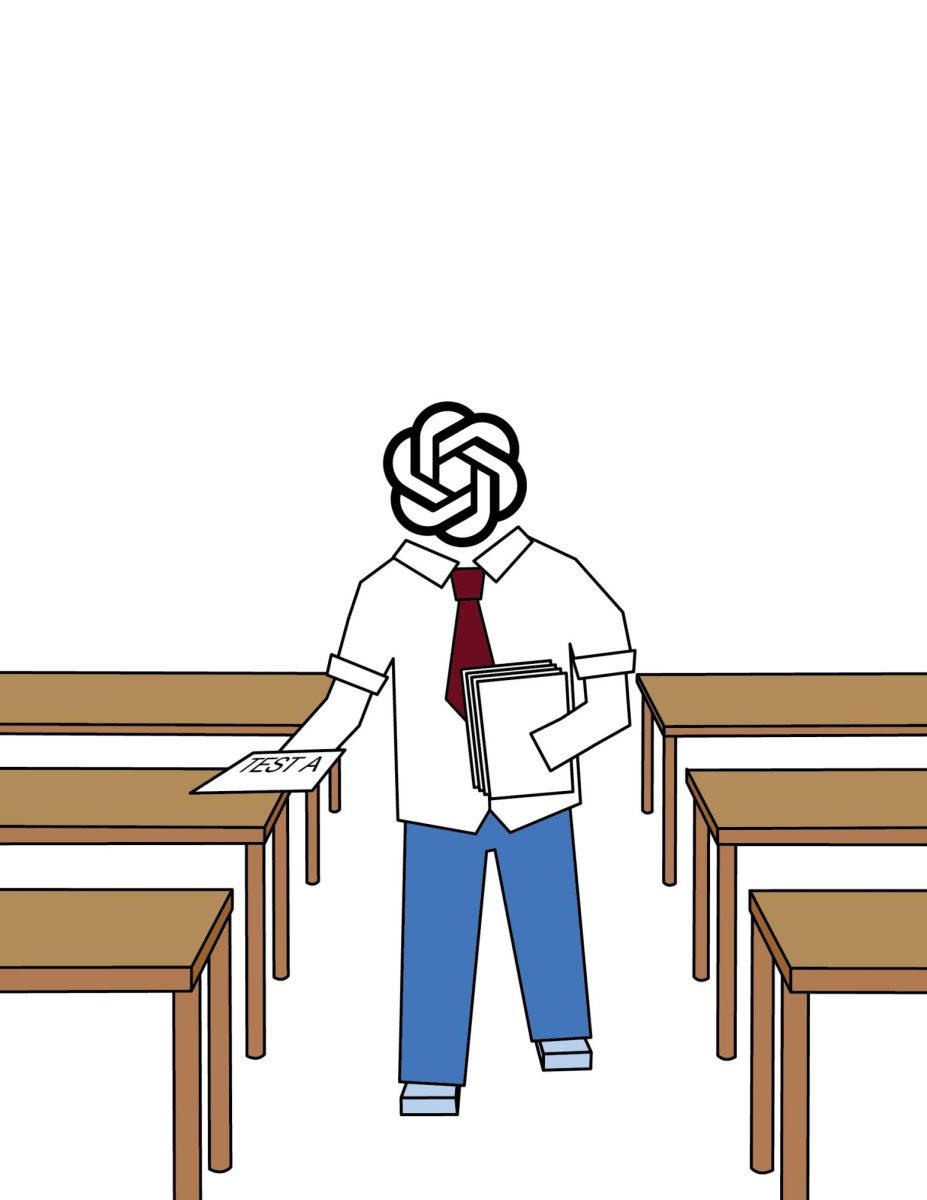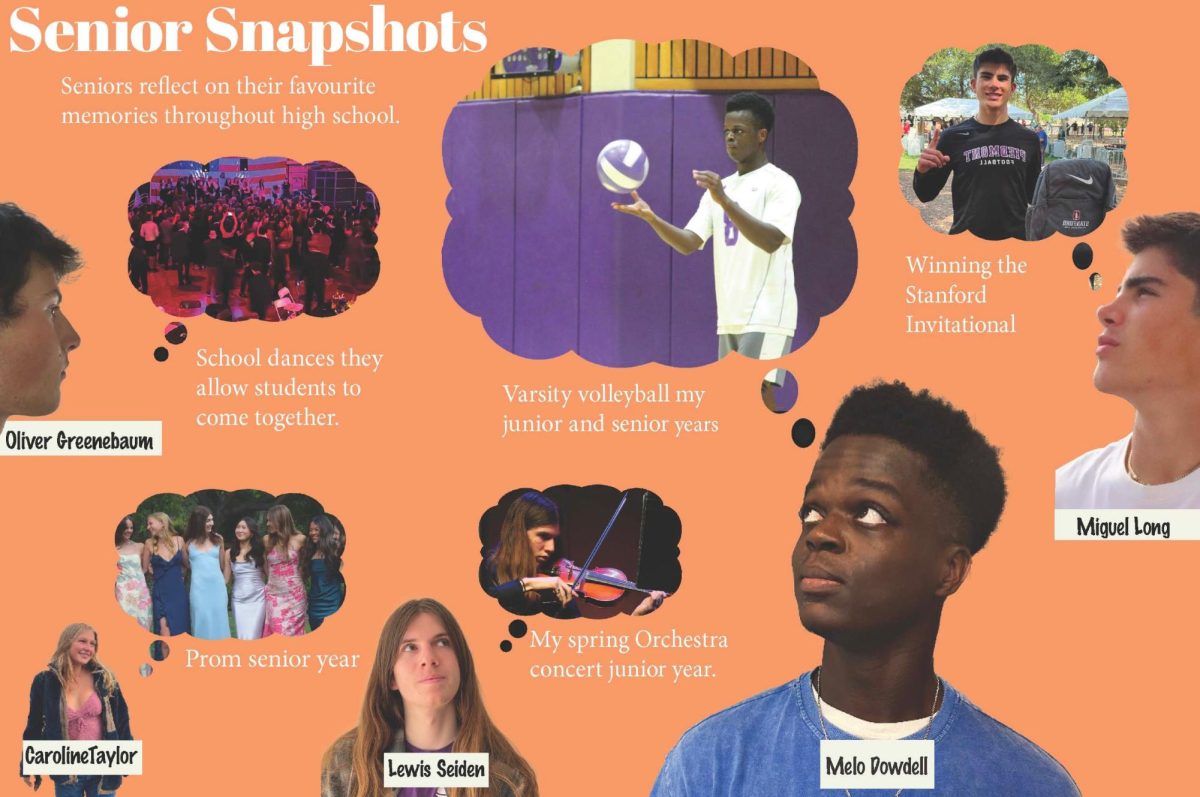Nine hours. Running two marathons. Driving to Lake Tahoe and back. Taking two ACT tests. All of these can be done in less time than nine hours, the daily average a teenager spends on media, according to a report by Common Sense Media.
When English teacher and the Technology and Learning Coach for teachers, Debbi Hill asks her students who is addicted to their phones, she said almost all of their hands shoot right up.
For teenagers today, participation in social media has become a social norm. They use it as a convenient way to receive information and communicate with others, junior Nathan Horst said.
Dr. Erica Pelavin, Ph.D in organizational behavior, licensed clinical social worker, and co-founder of My Digital Tat2, a non-profit social media awareness and education organization, said that teenagers are so drawn to social media, and have so much difficulty letting it go, because of their constant need to check in and understand how others perceive them.
“The fear of missing out is such a big idea for teenagers,” junior Olivia Adams said.
Pelavin said that constant use of social media leads teenagers to involuntarily use social media and technology when they feel anxious, or when they want to avoid hard situations.
“[Teenagers] look at their phones when they cross the street, if they don’t want to talk to someone or they pretend they are texting so they don’t have to interact with a person,” Pelavin said.
In terms of productivity, social media causes teenagers to easily lose focus and get off task, Pelavin said.
Freshman Ricardo Barker said that he thinks social media has a negative effect on teenagers’ grades because it distracts them so they have trouble prioritizing their time to complete homework or study for tests.
This distraction also hurts teenagers’ ability to have in-person relations and connections with others, Pelavin said.
“Anytime there is a device near someone or a device open, it makes it a lot harder to have a deep conversation, because you are always wondering if you are going to be distracted or if you are going to be interrupted,” Pelavin said.
Hill said that this effect of social media on the relationships of teenagers today concerns her.
“I worry that other types of communication are suffering because of the easier, more attractive, more instantaneous kinds of communication that social media provides,” Hill said.
These new methods of communication allow teenagers to learn information about a person before they even meet them, Pelavin said.
“The Google search has replaced the handshake,” Pelavin said.
Apps that allow users to post live experiences, like Snapchat or Instagram stories, can be devastating to teenagers because they can watch an event happening, even if they are not invited, Pelavin said.
“[On social media], I notice people going on these crazy vacations, and I’m not,” Adams said. “It definitely makes me more self-conscious of my actions.”
When teenagers share these live experiences or any other type of post, what they share is not realistic, since it usually only exposes positive aspects of their life, or their good side, Adams said.
“[Teenagers’] social media life is like a trailer to their movie, since they are always putting the highlight reels, or the things that are positive,” Pelavin said. “Many kids can get really depressed or anxious by watching what other people are doing online and forgetting that it’s their highlight reel, instead of that their whole life is like that.”
Social media affects teenagers’ mental state, but it can also cause physical harm due to the repetitive motions from spending too much time on devices. Examples of these are gamer’s thumb, text neck, gamer’s stare and the inability to sleep well, Pelavin said.
“[Social media] is affecting kids’ sleep because the light tricks their brain into thinking it’s daytime, so they are wide awake and can’t fall asleep,” Pelavin said.
Difficulty sleeping can also come from the stress built around teenagers’constant need to know other’s opinions of them, and their extreme obsession over the number of “likes” certain posts receive, Pelavin said.
Pelavin said that receiving “likes” is a way for teenagers to look for acceptance, hope to be noticed, ensure others have not forgotten about them and stay relevant.
Going beyond social acceptance and “likes,” cyberbullying is a major issue that teenagers deal with every day.
In the last month at PHS, an anonymous confessions Instagram account targeted and posted negative comments about students. The account was taken down, but the insensitive posts prove the proximity and prevalence of cyberbullying in Piedmont today.
“In the past, I have noticed a lot of just shoving [cyberbullying] under the rug, but in the past month I’ve noticed people I’m friends with trying to make an effort to shut it down,” Adams said.
This cyberbullying may have occurred on the Instagram account because teenagers often need an outlet to feel powerful, and think they will not get caught, Pelavin said.
“Teenagers have a lot of big feelings, and sometimes bottle them up, and then when they feel attacked, jealous or angry, they react,” Pelavin said. “They sometimes feel that if they are hiding behind a screen they can put someone else down and be more powerful.”
Sophomore Ella Lee said that it is much harder to properly communicate through social media, which often causes misunderstandings.
“It’s easier than saying it to their face,” Lee said. “Maybe they think it’s a joke, but you can’t convey sarcasm over typed words.”
Adams also said that she has been on both sides of cyberbullying and has seen ways these situations play out.
“The energy that people put into being mean or setting standards for other people is just not worth it,” Adams said. “I’ve definitely been on both sides of it, on the receiving end where something really hurt me, or on the mean end of something, where I instigated something, which is obviously something I am not proud of, but on both ends it is so not worth it.”
Despite negatives such as cyberbullying, teenagers feel a need to read what is posted about them online because of their deep desire for social acceptance, Pelavin said.
“I ask [teenagers] ‘Why not just shut it off?’” Pelavin said. “And they often say that they’d rather know what people are saying about [them].”
In hopes of reducing the amount of cyberbullying, Lee said that people should be aware of the consequences of their social media posts and understand that nothing is really ever deleted.
“Once you put something online, it is there forever and it fades but doesn’t go away,” Pelavin said. “And even when we take down posts, people have seen it, have it in their head or sometimes even have a screenshot of it.”
Because of all of the consequences that come from having social media, Lee decides to not participate in it, and has found that her life is not drastically different because of this.
“My life has not been that different because I don’t have social media, but at the same time it would be easier to be a part of more things if I did have it,” Lee said.
For teenagers who do decide to engage in social media, Pelavin said that successful use is all about self-regulation, and being conscious of your use of it and how much time it takes up.
“It’s about mindfully using it, putting it down if you are having face-to-face conversations, not having to be picture perfect at every activity and actually being present and in the moment,” Pelavin said.
Horst agrees with this, and thinks it should not be such a prevalent distraction in daily life.
“Teenagers should not have [social media] take such a big part of their lives, and should do it at certain hours,” Horst said.
Barker said that he regulates his phone use by setting timers, so he will not use his phone for a certain amount of time. When the timer runs out, he then can use social media again, and can look at Snapchat stories, fantasy football or memes.
In terms of personal safety and privacy, Horst said teenagers should be more aware of who they interact with online.
“Teenagers should keep their accounts private and should follow people that you know rather than getting as many followers as you can get,” Horst said.
Pelavin is optimistic that teenagers can figure out the complications that they are facing today regarding social media, and can ensure that social media is a force of positivity for everyone.
“I really believe [teenagers] are the experts,” Pelavin said. “[Teenagers] are the ones struggling with this, and I have big faith that [their] generation is going to be the one to fix it.”


